Never again sprouting potatoes: How to store them correctly as a self-sustainer
Keeping potatoes fresh has never been easier! Learn here how to properly store potatoes as a self-sustainer and enjoy your harvest for a long time.
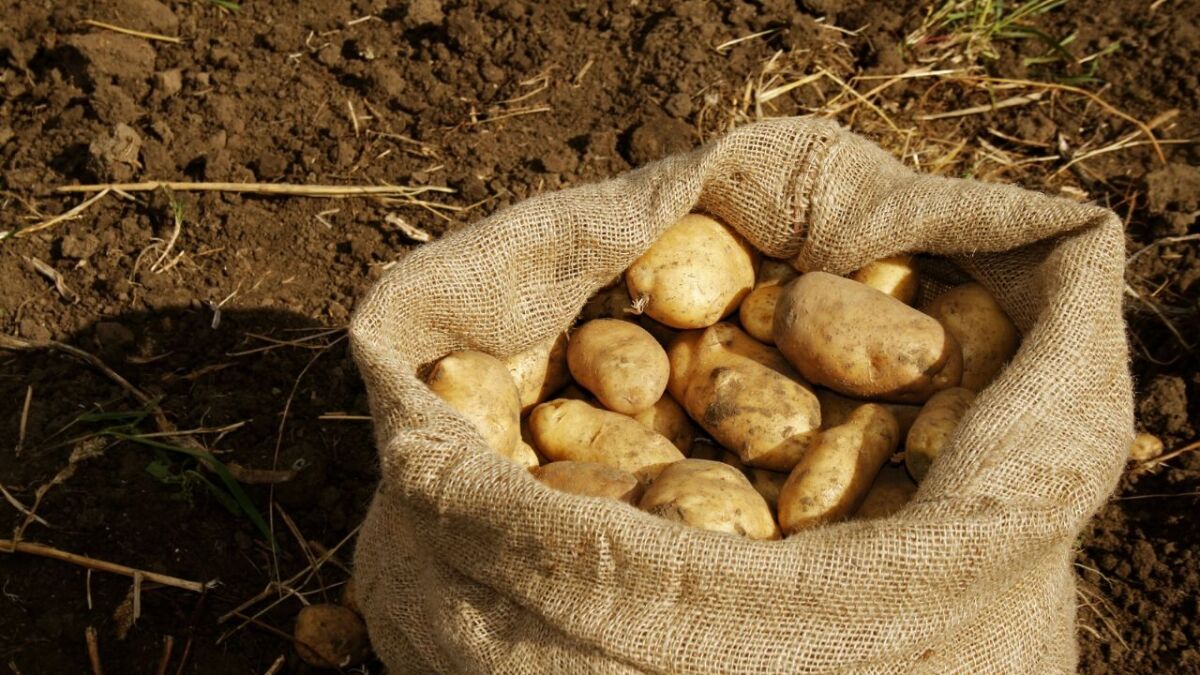

From Martin Gebhardt. Check out my “About me” page.
👉 The key facts from this guide
- Harvest potatoes at the right time, dig them out carefully and dry them well.
- Sort and clean the potatoes before storage.
- Store potatoes in a dark, cool place with high humidity.
- Use breathable containers and protect the potatoes from light.
- Alternative storage methods: canning, freezing or drying.
- Regularly check the potatoes and remove damaged or sprouted ones.
Would you also like to never have to throw away potatoes again because they have sprouted prematurely?
If so, you're in the right place!
The problem with storing potatoes is that they can quickly sprout and spoil if not stored properly.
This can be frustrating, especially if you have grown potatoes as a self-sufficient gardener and want to ensure that you can enjoy them all year round.
But don't worry, I have a solution for you.
In this article, I will show you how to properly store potatoes so that they stay fresh longer, and you can enjoy them at any time.
The right harvest = longer storage time
The harvest of potatoes is an important step in preparing for long-term storage.
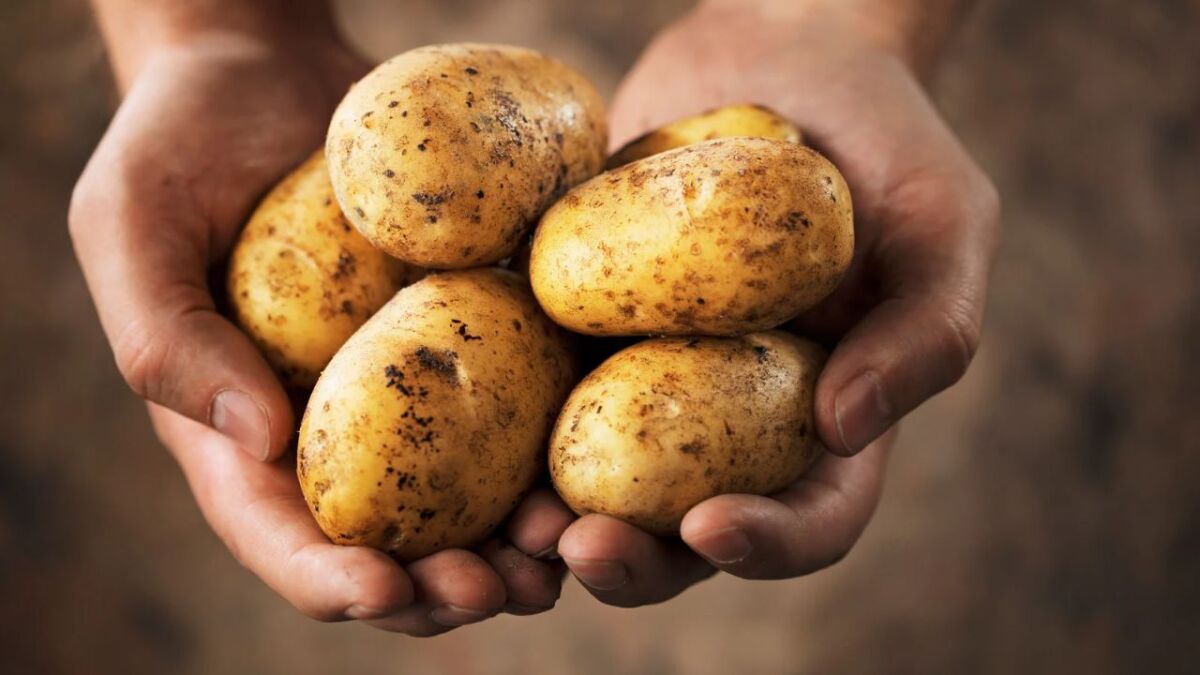
To achieve the best results, some steps should be followed. Here is a step-by-step guide for harvesting potatoes for optimal storage.
- Choose the appropriate timing: To harvest potatoes for long-term storage, it is important to choose the right timing. Potatoes should only be harvested when their leaves start to yellow and die. This is an indication that the potatoes are fully matured and ready for harvest. It is important to wait until the potatoes are fully matured to make them suitable for long-term storage.
- Dig out the potatoes: Use a shovel or a digging fork to carefully dig out the potatoes, avoiding any damage. It is important to handle the potatoes as little as possible to avoid damaging their skin. A damaged skin can affect the storage life of the potatoes and cause them to spoil faster.
- Dry the potatoes: After digging them out, the potatoes should be left to dry for a few days in a warm, dry place to remove any excess moisture. This reduces the risk of mold formation and other storage issues. It is important for the potatoes to be completely dry before storing them.
- Sort and clean the potatoes: Before storing the potatoes, they should be carefully sorted and cleaned. Remove any damaged, rotten, or dirty potatoes as they can spoil faster and impact the other potatoes.
By following these steps, you can successfully harvest and prepare potatoes for long-term storage.
Careful storage can help keep the potatoes fresh and edible until you consume them later.
Storage
There is not just one way to store potatoes.
There are various methods to keep your potatoes fresh for as long as possible. I would like to list them here so that you can find the suitable storage method for you.
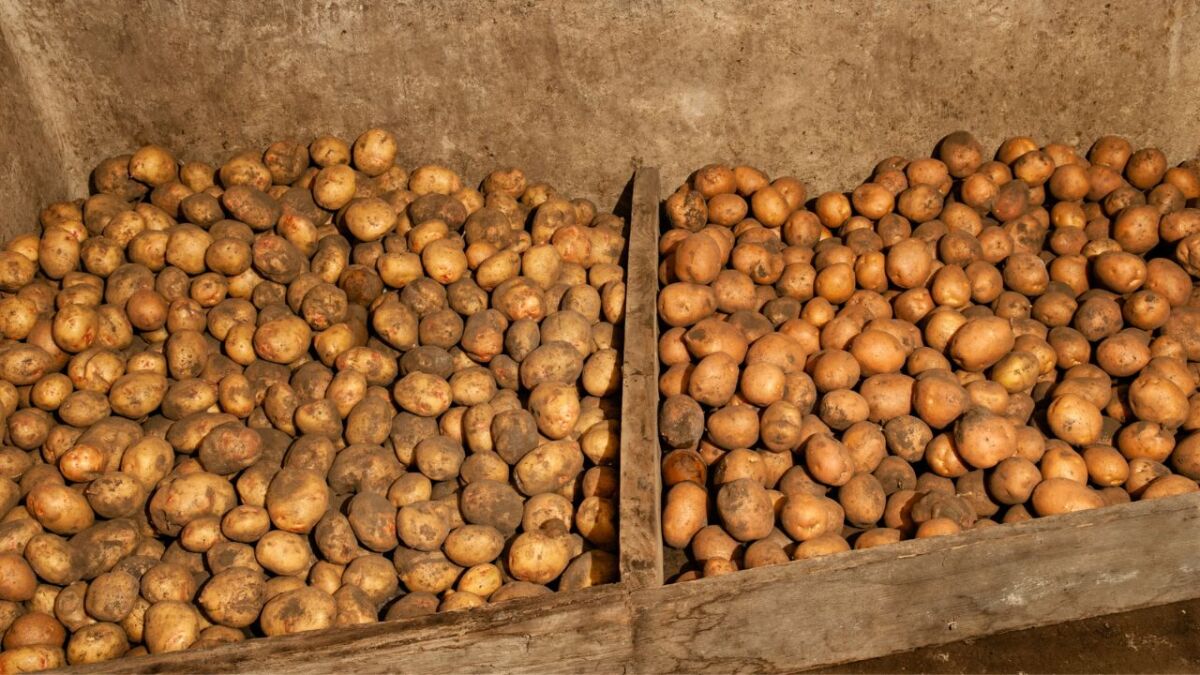
Find a dark, cool place
This is probably the most original method in this list.
If you have a basement, storage room, or cellar, this should be your first choice.
Here the potatoes should be stored at a temperature of 4 to 7 °C and a humidity of 90 to 95%.
It is important that the humidity is high enough to prevent water loss.
Potatoes should be stored in a breathable container such as a potato sack to ensure good air circulation.
It is also important to regularly check the potatoes to quickly remove damaged or rotten potatoes.
If you have space in your garden, it might be time to build an earth cellar. These range from very basic to extremely elaborate. If you are keen to learn more about it, you can find a guide here.
But even without a root cellar, storing potatoes should be possible for you. A basement, a garage without heating, or simply an unused room are suitable for this purpose. The important thing is that the criteria mentioned above are met.
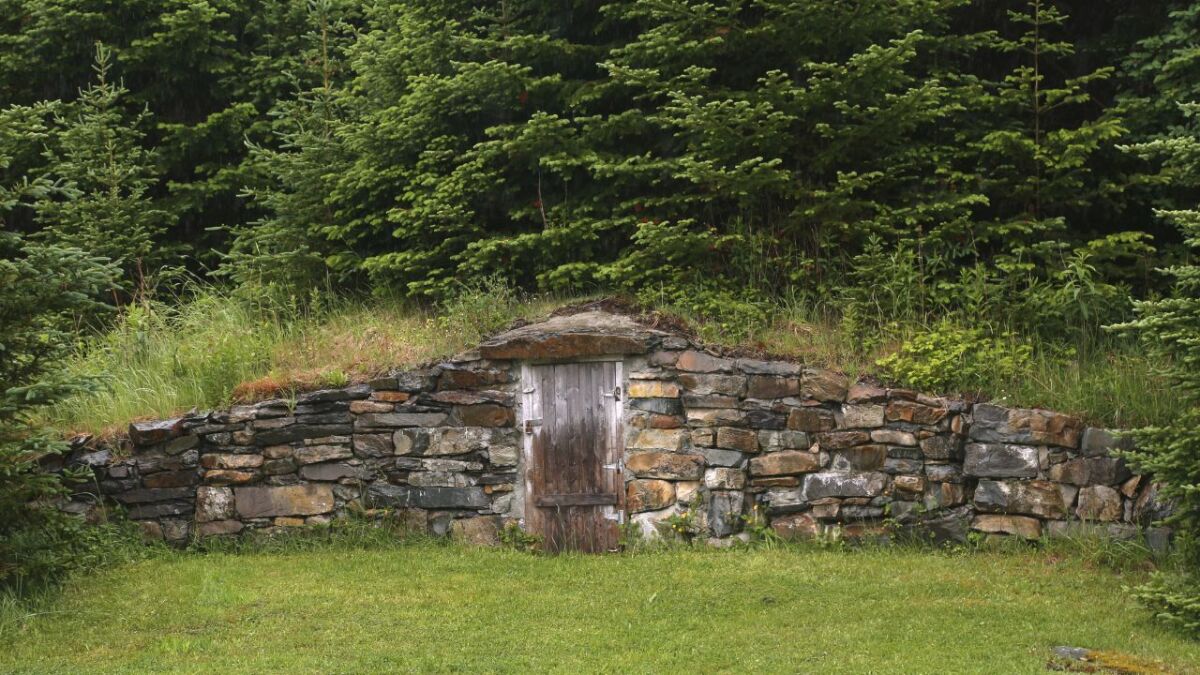
Preparation for preservation and storage
You have found the perfect storage space?
Perfect, but it still requires a bit of preparation.
Here the shell should be further strengthened so that the bulb is optimally protected. This also seals smaller scratches and hardens dents.
As mentioned above, potatoes that have larger damages should be sorted out.
So, now to the procedure: To achieve this, you lay out newspaper or kitchen paper in a dark and dry room and place the potatoes on top of it. The room should be well ventilated, unlike your storage room.
Now let the potatoes sit for about 7 to 10 days. Thereafter, the potatoes should have a thicker skin and be better protected.
Now your root vegetables are ready for storage. For this, you will need suitable containers. Crates or baskets with holes are ideal, allowing excess moisture to escape easily. But nets or boxes can also be your preferred option.
Now it is important that your potatoes be protected from light and checked regularly. If potatoes start to sprout or rot, you should remove them. If it affects a larger quantity, you should check your storage conditions again.
Canning for preservation
If you don't have a cellar or a suitable space available, you can consider investing in a pressure canner or a pressure cooker for canning.
For the pressure canner, the following steps apply:
- Thoroughly wash and peel the potatoes. Cut them into uniform pieces, as required.
- Fill the pressure cooker with water up to the recommended fill level and place the basket or rack inside the pot.
- Place the potato pieces in the basket or on the rack and close the lid of the pot.
- Place the pressure cooker over high heat and allow the pressure to build until the valve hisses or the pressure indicator rises.
- Reduce the heat to medium-low and let the potatoes cook under pressure for about 5–10 minutes, depending on their size and quantity.
- You can prepare the jars for later storage while the potatoes are cooking. You will need jars that can be sealed airtight. These jars need to be sterilized before filling them.
- Turn off the heat and allow the pressure cooker to cool until the pressure is completely released before opening the lid.
- Remove the potatoes from the pot and transfer them to the jars.
Furthermore, check the manufacturer's instructions for your specific pressure canner to ensure that you use the canner safely.
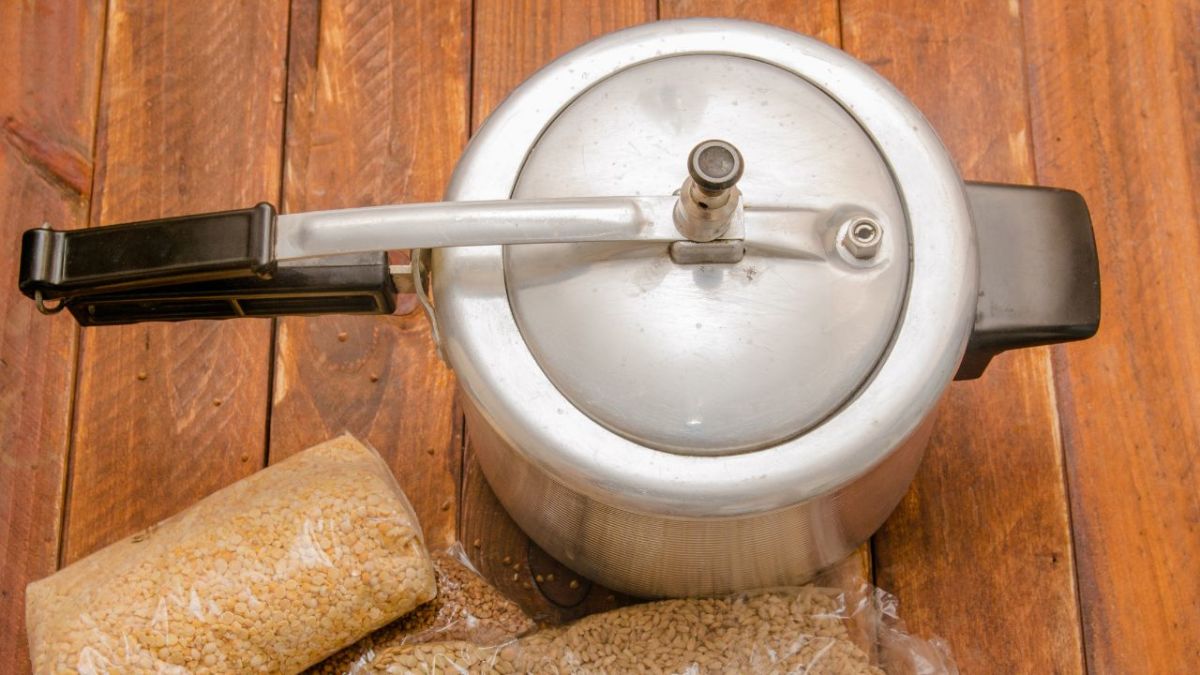
Freezing Potatoes for Preservation
I would advise against freezing raw potatoes. The potatoes lose their starch and become inedible sweet.
Cooked, it looks different. Ideally, you blanch the potatoes.
However, this can also affect the consistency and taste. During freezing, ice crystals form that can damage the cell structure of the potatoes, resulting in a softer consistency.
You should wrap them in an airtight container or plastic wrap and freeze them as soon as possible.
When thawed, they may become a bit mushy and are best suited for dishes where they will be further cooked or fried, such as fried potatoes or mashed potatoes.
I recommend using potatoes within six months after freezing.
Drying Potatoes for Preservation
If you have limited space at home, but plenty of potatoes, drying them might be suitable for you.
Potatoes can be dried in various ways, such as baking, sun or air drying, and using a food dryer.
When baking, the potatoes are sliced into thin slices and dried in the oven at a low temperature.
The sun drying is self-explanatory. Here, too, the potatoes are sliced into thin slices and dried outdoors in the sun.
On the other hand, the potatoes are spread out and slowly dried in a well-ventilated environment during air drying.
For the last method, you will need a so-called food dryer. This is used to dry the potatoes at a low temperature.
Dried potatoes can be stored for a longer period of time and are a convenient ingredient for soups, stews, or you can simply enjoy them on their own.
Can potatoes be reburied to store them?
During my research, I also came across the practice of burying potatoes again as a preservation measure.
I tried it myself and as expected, it is not a reliable storage option.
If potatoes are left in the ground for too long, they can rot or be infested by pests and fungi, which can affect the quality of the tubers.
Otherwise, burying potatoes can promote sprouting and the growth of runners, which can lead to uneven growth and poorer quality of the potatoes.
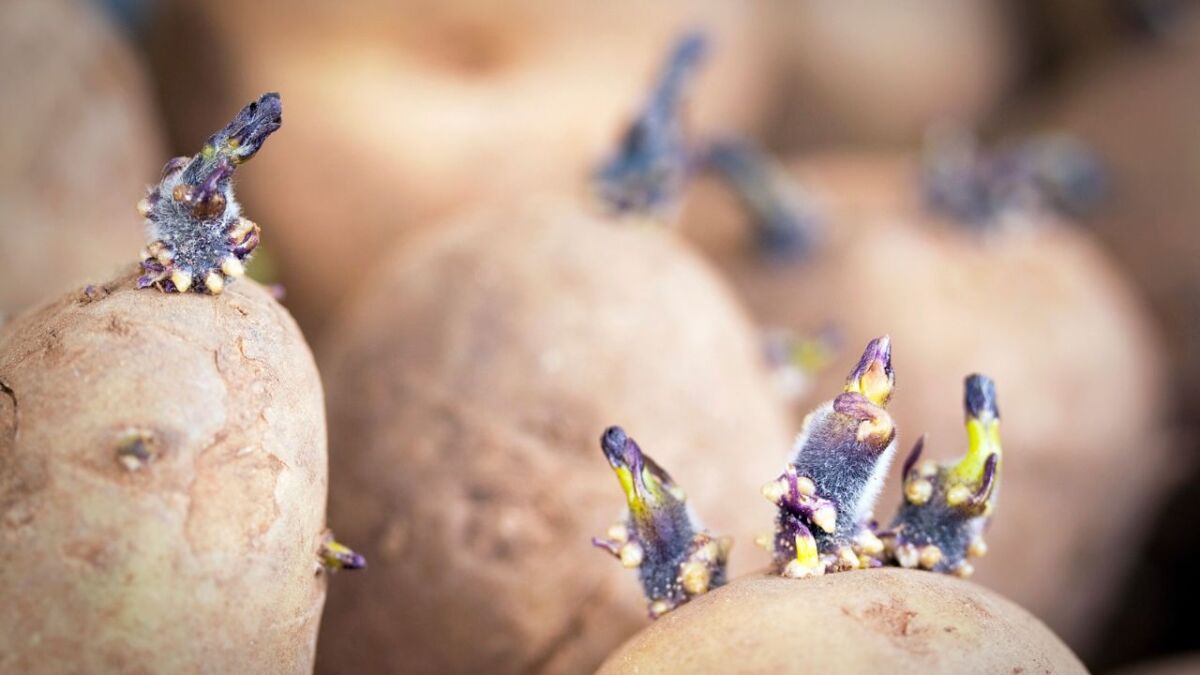
These tips will help you store potatoes correctly
- Choose a cool, dark, and dry place to store the potatoes, as moisture and light can accelerate sprouting and spoilage.
- Store potatoes separately from fruits, as the ethylene gas emitted by some fruits can accelerate sprouting.
- Regularly check your potatoes for signs of spoilage and immediately remove any rotten or sprouted potatoes.
- Do not store potatoes in the refrigerator, as the cold temperature can convert starch into sugar and impact the flavor and texture.
- Use breathable containers such as paper bags or baskets to ensure that the potatoes have enough ventilation.
- Avoid plastic bags and direct contact with the ground to prevent moisture and mold formation.
- Sort the potatoes before storage to separate damaged potatoes from the healthy ones.
- Avoid places with significant temperature fluctuations, as they can promote sprouting and spoilage.
- Store potatoes in small quantities to ensure that they can be consumed within one to two weeks and not spoil.
Stick to the tips, and you will always have fresh and firm potatoes in stock.
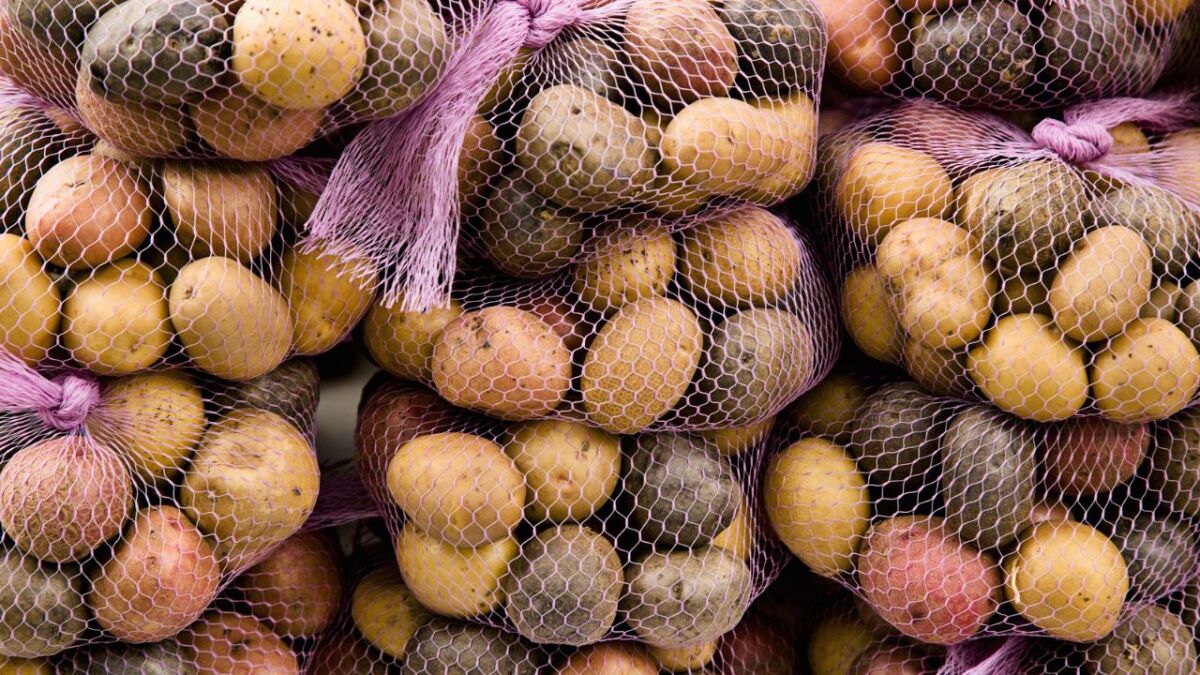
Conclusion: a suitable storage option keeps your potatoes fresh
Potatoes are a wonderful source of carbohydrates and should definitely be considered in a self-sufficient garden.
If you don't consume them directly or give them away, you should certainly take care of suitable storage options.
A basement is the simplest option. But if you're really serious, an underground cellar has the best conditions.
If neither of these options works for you, you can still rely on the pressure canner or the freezer.
You shouldn't necessarily bury the potatoes again.

Sources for the guide

Author of the guide
Martin Gebhardt
Hey, I'm Martin. On my blog, you will learn the basics and numerous details about living in the wild. I think survival, bushcraft and the good life in nature are the keys to happiness. Find me here on Instagram or on YouTube. You can find more about my mission on the About Me page.
Was this guide helpful?
12 people found this guide helpful.
5.00 out of 5 points (12 Ratings)
Comments (0)
This post may contain affiliate links. So if you click on the links and make a purchase, I will receive a small commission at no additional cost to you. Click here, to learn more about it.



